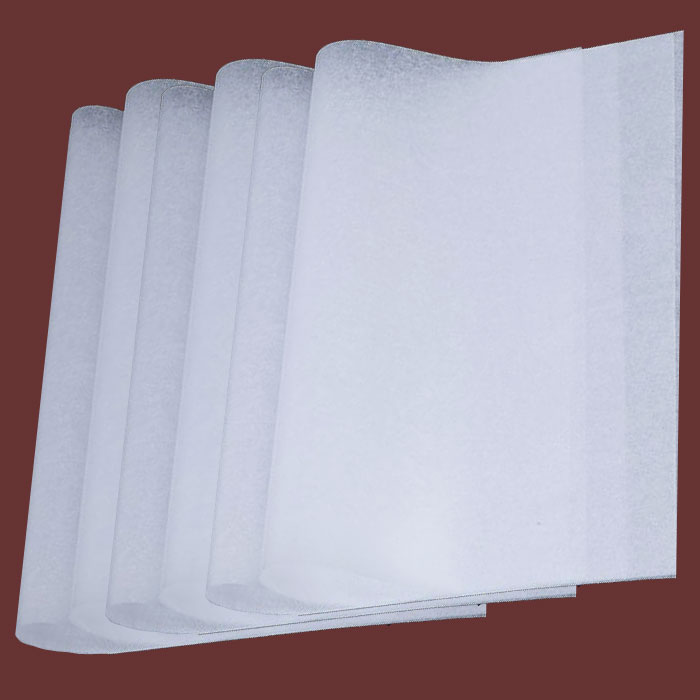Tracing paper is a semitransparent paper which has a poor opacity and allowing light to pass through. It comes in various thicknesses. The tracing paper is available in the market as paper roll, sheet, or pad. Basically, the pure cellulose fiber is translucent, but normally we look at the paper as white in color because the cellulose trapped air between the fibers makes the paper opaque and look white. Moreover, the other paper raw materials like filler also responsible for white in color. So for tracing paper we have to carefully select the raw materials which do not obstruct the light to transmit. If the fiber is well refined or beaten then most of the air is taken out and the paper will be translucent. Moreover, we can also make transparent with the use of transparentizing chemicals.

How to Use Tracing Paper
Tracing paper is used to trace an image or drawing, transferring drawing. We can easily transfer an image or drawing into a piece of paper or a canvas with the help of tracing paper. During transferring you have to just place a sheet of tracing paper onto an image or drawing then carefully follow the lines of the original image or drawing with a graphite pencil. It is not a wise decision to use a pen, marker, or colored pencil because we cannot rub out it if needed.
The tracing paper is ideal for students and beginning artists. A tracing paper is also essential for architects, designers, and engineers. These papers can also be used for making cards, calligraphy, collages, illustrations, and papercrafts.
How is tracing paper made
Tracing paper is usually made from sulfite pulp. Cellulose is a transparent substance. Although cellulose is transparent, the paper made from cellulose is opaque because the air is trapped between the cellulose fibers, and the external substances are added to it. There are three main processes for making tracing paper:
- The first method is the mechanical process. In this process, the cellulose fibers are well refined or beaten and they are hydrolyzed by prolonged beating in water, which becomes highly fibrous and gelatinous. By this process, most of the air is removed from the internal structure of the paper and the paper becomes transparent.
- The second method of making tracing paper is to make a ‘normal’ sheet of paper. A material with the same refractive index as cellulose is then added to this prepared paper which fills the gaps between the fibers and makes the paper transparent. This method is relatively expensive. The product is often referred to as Velum.
- The 3rd method of making tracing paper also involves making a ‘normal’ sheet of paper. This paper is then immersed in sulfuric acid for a few seconds. The acid converts some cellulose into the amyloid form that has a gelatinous and indescribable character. When the treated paper is thoroughly washed and dried then the paper becomes transparent.
- The tracing paper is much stronger than the original paper. Tracking paper is largely resistant to oil, grease and water, and gas.
White Tracing Paper Rolls
Tracing paper is available in the market as rolls, sheets, and pads. Among them, white tracing paper rolls popular. They can be of different sizes from 12 inches to 24 inches.
Difference between parchment paper and tracing paper
Both the tracing paper and parchment paper are transparent, so they are mistakenly treated as the same paper, but these two papers are completely different. The tracing paper is made from ordinary fiber mechanically or chemically treated. On the other hand, parchment paper is made from the fiber with acid treatment. It is heat resistant and non-stick paper that is used for cooking and baking. The parchment paper can be used as the tracing paper, but the tracing paper does not use as parchment paper.
